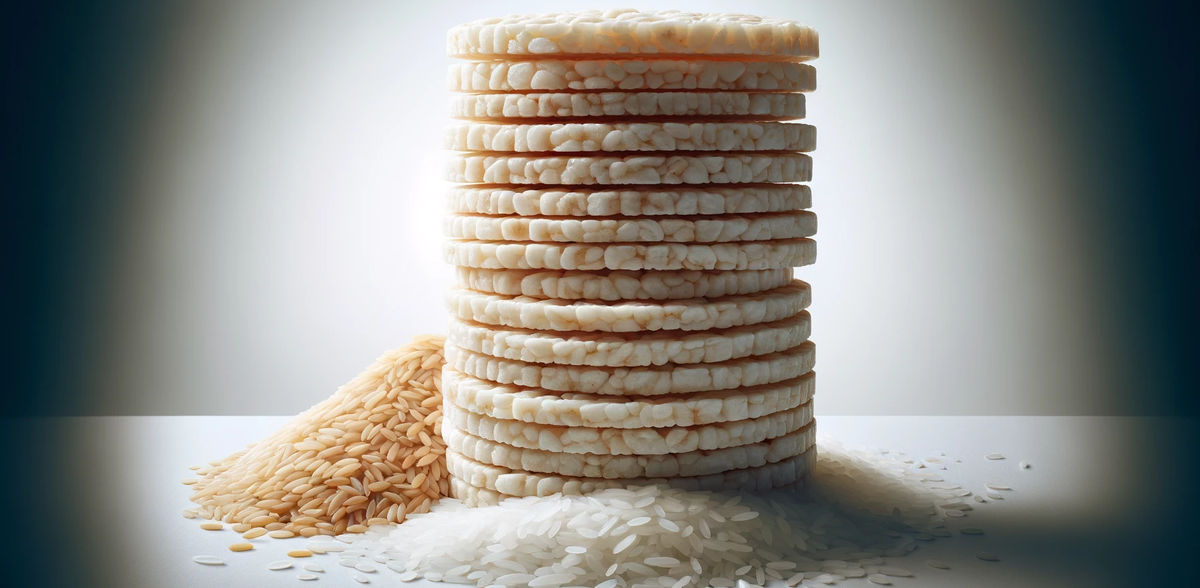Bayreuth researchers on new arsenic compounds of concern in rice and rice cakes
Advertisement
This week, the EU food safety Authority is once again discussing arsenic in rice and rice cakes: CONTAM, the body that advises the authority on contamination and undesirable residues in food, is discussing organic arsenic compounds, which include arsenic compounds that are not yet regulated but are likely to pose a risk to human health. Bayreuth researchers have been tracking one of these hidden dangers in rice for some time.
Rice is the staple food for over 50% of the world's population. However, rice is also one of the main sources of arsenic intake for humans. Inorganic arsenic is classified as carcinogenic and there are limits that rice and rice products must comply with. Organic arsenic, on the other hand, has so far only been classified as "possibly carcinogenic" and is not regulated. However, initial studies from 2021 (doi.org/10.1021/acs.jafc.0c06853) have already shown that a large proportion of so-called dimethyl monothioarsenate (DMMTA) can be hidden under organic arsenic. It is known from cell toxicity studies that DMMTA is significantly more toxic than other organic arsenic compounds and at least as toxic as or even more toxic than inorganic arsenic.
At the University of Bayreuth, environmental geochemist Prof Dr Britta Planer-Friedrich and plant physiologist Prof Dr Stephan Clemens have been working intensively on the formation and occurrence of DMMTA in rice soils, the rice plant and the rice grain as part of DFG and BMBF-funded projects in recent years and are convinced: "We urgently need to take DMMTA into account when setting arsenic limits in rice." In the Journal of Agricultural and Food Chemistry, they had already warned in 2022 that DMMTA could potentially be a "blind spot" in the current global limits for arsenic in rice (doi.org/10.1021/acs.jafc.2c02425). Studies on various rice varieties worldwide have shown that DMMTA is widespread. The group's latest study in the Journal Food Chemistry (doi.org/10.1016/j.foodchem.2023.137723) also shows very high levels in rice cakes, which are frequently consumed by children in particular.
A fundamental problem is that awareness of the dangers of DMMTA is only slowly growing. Commercial laboratories are unable to distinguish DMMTA from other, less toxic organic arsenic compounds using current analytical methods. In the view of the Bayreuth researchers, as long as reliable methods for the determination of DMMTA are lacking, the safest way would be to regulate total arsenic. However, this would result in considerable restrictions on the availability of "arsenic-safe" rice.
The fact that the European Food Safety Authority is now addressing the issue and discussing DMMTA as an "emerging contaminant" is an important first step. However, extensive further studies will probably still be needed before DMMTA can be considered for setting a limit value. Until then, consumers will remain uncertain as to how much DMMTA is hidden in commercially available rice or rice products.
Original publication
Andrea E. Colina Blanco, Carolin F. Kerl, Britta Planer-Friedrich; "Detection of Thioarsenates in Rice Grains and Rice Products"; Journal of Agricultural and Food Chemistry, Volume 69, 2021-2-10
Britta Planer-Friedrich, Carolin F. Kerl, Andrea E. Colina Blanco, Stephan Clemens; "Dimethylated Thioarsenates: A Potentially Dangerous Blind Spot in Current Worldwide Regulatory Limits for Arsenic in Rice"; Journal of Agricultural and Food Chemistry, Volume 70, 2022-7-28
Andrea E. Colina Blanco, Alejandra Higa Mori, Britta Planer-Friedrich; "Widespread occurrence of dimethylmonothioarsenate (DMMTA) in rice cakes: Effects of puffing and storage"; Food Chemistry, Volume 436
Other news from the department science
Most read news
More news from our other portals
See the theme worlds for related content
Topic world Food safety
Food safety is at the heart of the food and beverage industry. It ensures that the food we eat every day is not only nutritious, but also free of harmful contaminants. From field to plate, the industry monitors and regulates every step of the process with strict quality controls, advanced testing methods and continuous research.

Topic world Food safety
Food safety is at the heart of the food and beverage industry. It ensures that the food we eat every day is not only nutritious, but also free of harmful contaminants. From field to plate, the industry monitors and regulates every step of the process with strict quality controls, advanced testing methods and continuous research.





























































